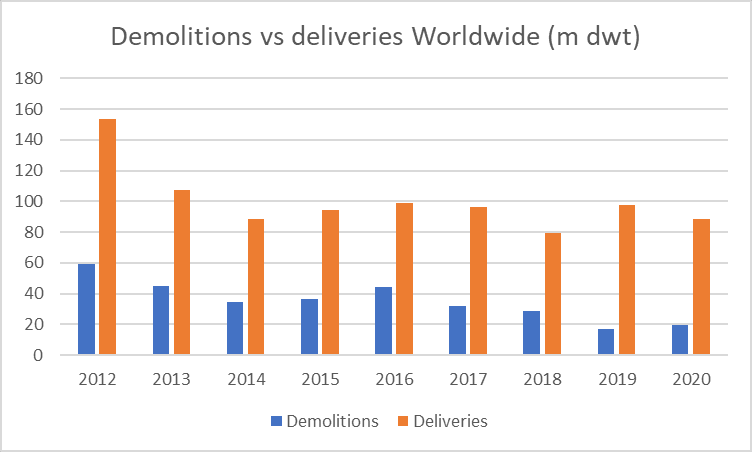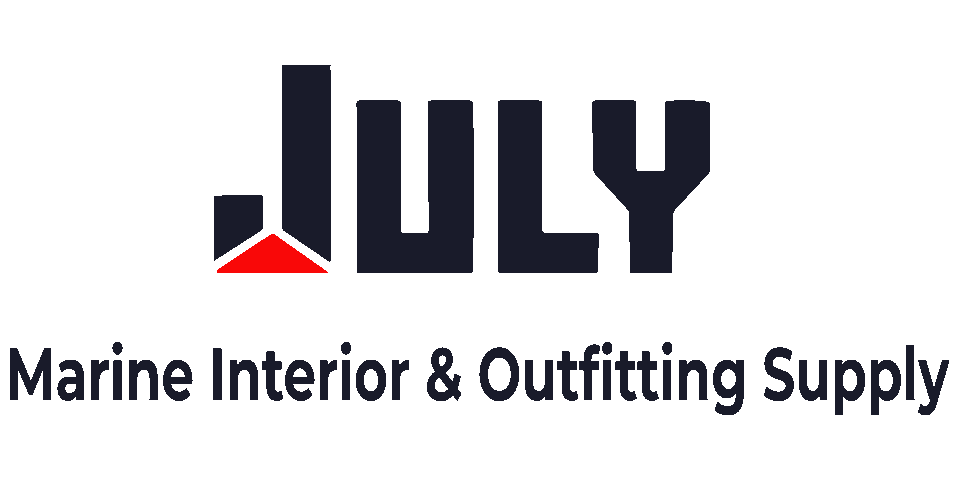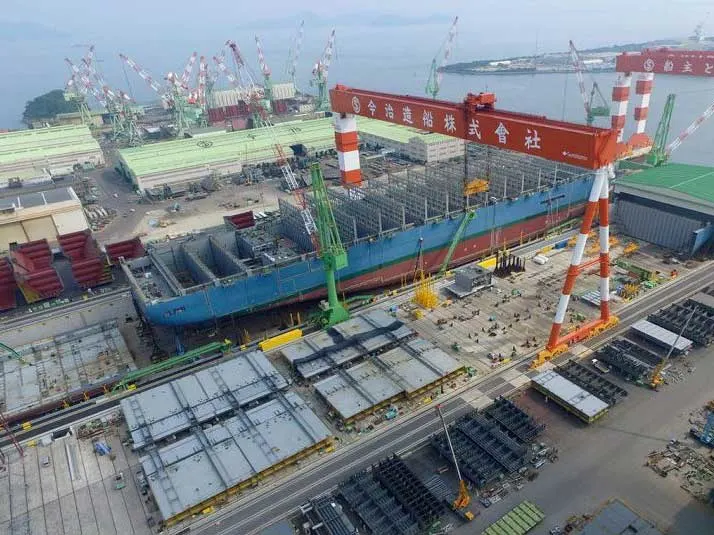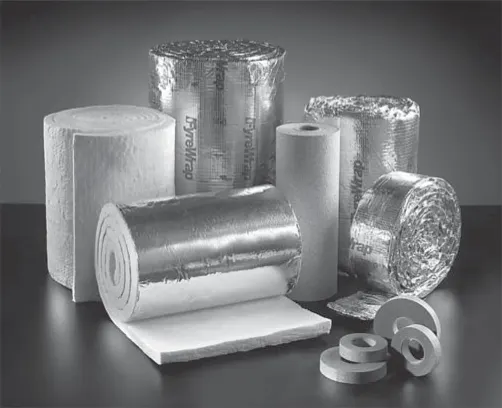How the shipbuilding industry in Japan plans to become the number one again!
Since the 19th century, the Meiji period, the Japanese shipbuilding industry has been modern and front running and comparable with western peers. The Japanese shipbuilding industry has been dominant in the global shipbuilding industry since the 1970s, but lost market share to lower cost countries like China and South Korea. Now it is building itself back to a number one position with innovative projects, like to become the first nation to launch zero emission ships and being the best in class with autonomous ships. This market outlook Shipbuilding in Japan 2022 will show you how Japanese ship builders plans to fight back with innovation.
Japanese Market share decreased since 1990
Between 1970 and 1990 the orderbook of Japan rose, mainly based on technical inventions. Nevertheless, since the 1990s they lost their market share to lower cost countries like South Korea and, increasingly, China. In 2020 Japanese shipbuilders saw a decrease of their market share, the country still was the number three player despite the decrease of the overall orderbook in dwt from 22.5% to 18.4% or 478 (628:2019) vessels. The market share of the orderbook for tankers fell in 2020 to 13.8% from 18.3% a year before. Japan’s market share of container carries improved from 14.6% to 18.5%.

The Market Outlook for Shipbuilding in Japan based upon the evolution of the orders, the orderbook and deliveries shows only orders for Container ships support the Japanese market share. For other vessels, the orders and orderbook shows a significant drop, and no support is seen for the dramatic decrease in deliveries. This segment, with for example Roro and Ferries, became victim of the negative impacts of the Covid pandemic which drove the near disappearance of market activity amid lockdowns and border closures.
Shipbuilding in Japan reached bottom?
BRS Brokers reported world-wide order cancellations remained almost unnoticed in 2020 (no specific data available for Japan), with the lowest ever level at 0.2m dwt. Despite the yards difficulties to deliver ships on time and the new financial challenges being faced by the owners in the wake of the pandemic no massive order cancellations occurred.
The long-awaited surge in scrapping did not materialize in 2020. Demolition activity remained at very subdued levels.

Now the total number of shipyards active are around 1,000 in Japan. This is from small and privately owned yards to larger and publicly listed companies. Examples of the latter are Imabari Shipbuilding, the largest Japanese shipbuilder, Mitsubishi Heavy Industries the 23rd largest defense contractor of the world, and Japan Marine United Corporation, the second largest yard.
The shipyards are part of a wider maritime sector of companies that provide crucial upstream and downstream products and services. More and more shipyards are operating as final assembly facilities, with a substantial share of the value added coming from external subcontractors and suppliers.
Market Outlook Shipbuilding in Japan 2022 and beyond
On a global level, and thus with upward potential for the third largest shipbuilding nation, there are three trends foreseen by market professionals:
Replacement of vessels delivered in 2005-2010
In that period, with ships now at nearing the end of their economic life cycle, the average annual deliveries ranged from 1406 in 2005 to 2426 in 2010. Measured against the current level of 1200/1300 vessels a year this is a good indication of potential orders for replacement;
Eco- friendly or carbon neutral vessel
The Paris accord gave a boost to prepare the marine fleet into more eco-friendly, the increased regulation will trigger more innovation and activity in the short term. The last year there was not enough progress by the IMO, according to voices of organizations supporting a reduction of Carbon emission ; An increased demand is to be expected.
Increased demand for globalization and economic recovery
The supply chain crisis and the economic recovery in various countries, despite the ongoing pandemic, will feed the orderbooks of many shipbuilders
Relevant evolutions soon specific for Japan
The Japanese government set policies to get Japan back as top maritime player
O Zero emission ships by 2028
In March 2020, the Japanese government announced the realization of the first-generation “Zero Emission Ship in 2028, That’s 2 years before the goal set by the rest of the world. To achieve this goal the focus is on alternative fuels and emission reduction technology. Two Scenario’s, one by using synthetic methane (and captured CO2), the other when CO2 poor hydrogen and ammonia can be used as fuel. For the hydrogen-fueled ship next to the development of an engine, also heat insulation and measures to prevent hydrogen leakage are required. The development into these zero emission ships is seen as an all-Japan project and the goal is to gain back world leadership with these ships. 6 companies: Imabari Shipbuilding and Mitusi E&S Machinery, ClassNK, Itochu Enex, Itochu Corporation and MAN Engine Solutions began a joint development project for the alternative fuel and Imabari developed the ship. For other projects joint ventures are formed too.
Autonomous ships by 2040
The operation of crewless vessels will innovate the logistic industry and show the world the Japan’s highly advanced technology”, said the managing director of the Nippon Foundation. The vessels aimed to become crewless are large ferries, small passenger ships, container ships and amphibious vehicles. The Japanese government aims at the practical use of automated vessels by 2025. A key factor is social acceptance. The crewless functions will be placed in a container and this unit can be placed on any ship type
Official development assistance (ODA) projects
Japanese shipbuilders have abundant experience in building government vessels, like patrol vessels, fishery patrol vessels and ferries. Mitsui E&S Shipbuilding constructed a Fishery research vessel in 2018. From 2016 to 2019 Japan Marine United built 10 40 meter-class multi-role response vessels. In 2020 Mitsubishi Shipbuilding signed the contract for 2 large size multi role response vessels. In august 2020 it was decided to build a medical ship at Shinozaki Shipbuilding.
Expansion abroad
Following the evolutions in cost and exchange rate, there is a growth in partnerships with foreign companies or subsidiaries, mainly in China. This way Japanese companies can not only benefit from the Chinese naval expertise, but also stay competitive.
The maritime world faces many challenges on regulation and innovations and imagine the impact when the number one and three ship buildings nations combine force!






